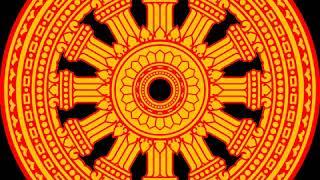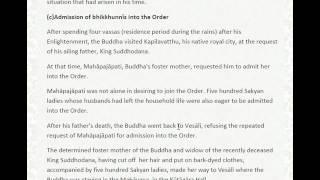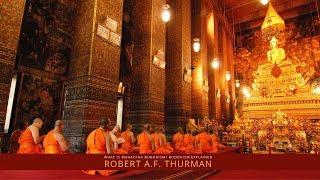There seems to be a lot of repetition in Chinese history. The short-lived Qin Dynasty violently united the empire and led to the Han—China's first Golden Age.
And in a similar way the Sui Dynasty, which lasted just 36 years, re-united China after almost 400 years of division, setting the stage for the Tang—the greatest of China's dynasties.
The Sui Dynasty was established in 581 AD. China had been divided since the end of the Han Dynasty in around 220 AD. After passing through the battles of the Three Kingdoms Period and the Northern and Southern Dynasties, the rulers of the Northern Wei Dynasty saw their chance to conquer "all under heaven," the Chinese term for the area considered as China at the time.
Due to multiple palace coups, the rulers of Wei ended up with the surname Sui. They conquered Sichuan in 533 AD, the North East in 577, and then set their sights on the south. The Southern campaign involved a massive naval assault with thousands of ships sailing up the Yangtze River.
In 589 AD, the campaign was completed and Emperor Wen, or the "cultured" emperor, founded the Sui Dynasty. One of Emperor Wen's first actions as ruler of the Sui was to move the nobles from the defeated capital of the Southern Chen Dynasty to the new Sui capital at Chang'an. Keeping the nobles close by eliminated them as a separatist threat and allowed their cultural traditions to be incorporated into the new dynasty.
During the period of disunity, Buddhism spread across China—proving to be the force that played a role in uniting the empire once again. Emperor Wen and his empress converted to Buddhism. Wen tried to use this conversion to legitimize his military conquest, presenting himself as a monarch who uses military force to defend the Buddhist faith.
But Emperor Wen and his successor tried to do too much, too soon. Their military campaigns were enormous. Over 1 million men were called up for compulsory military service in a war against Korea in 612 AD, and this was one war among many. This all took its toll on the populace and after less than four decades of Sui rule, a rebellion started.
In 618 AD, Li Yuan, who was actually a cousin of the second Sui emperor, overthrew the Sui. Li reigned as Emperor Gaozong, and he and his son Taizong, started the Great Tang Dynasty. The Tang lasted until 907 AD—and has come to be regarded as the highest point of Chinese civilization.
- Category
- History of Buddhism











